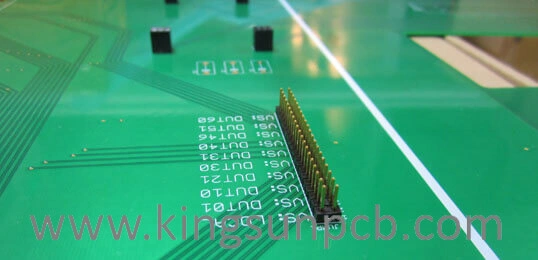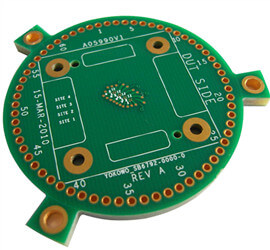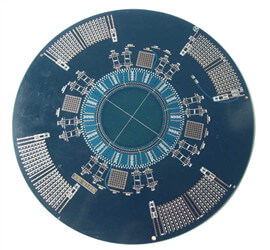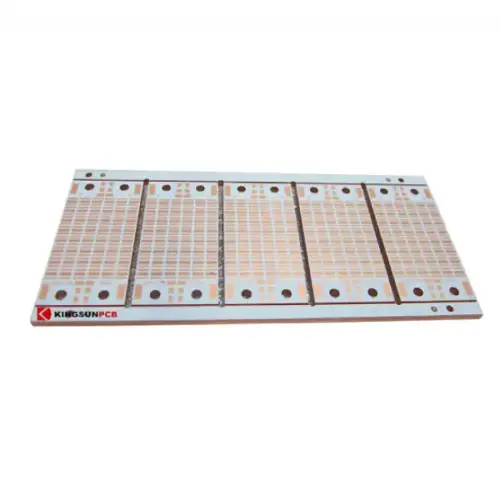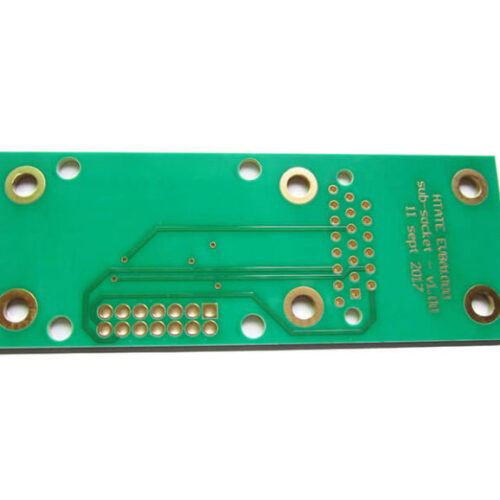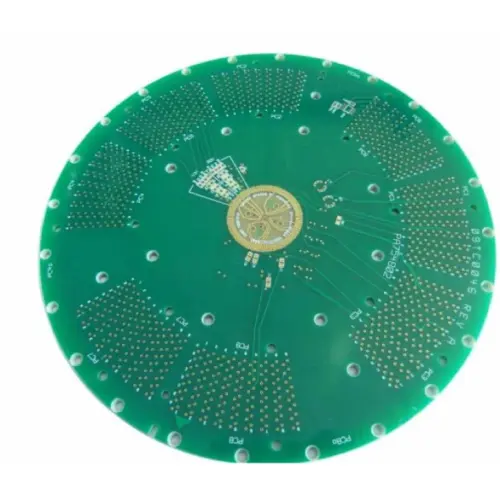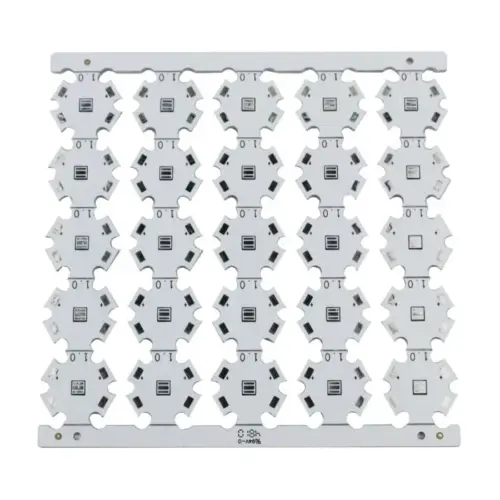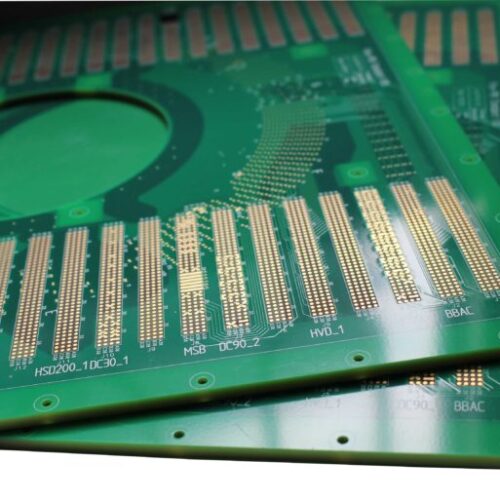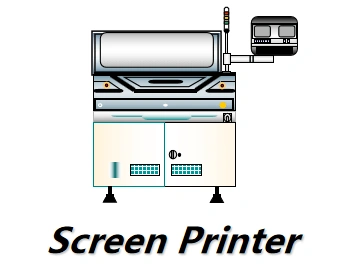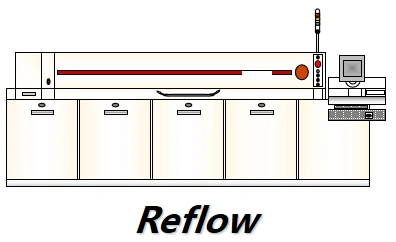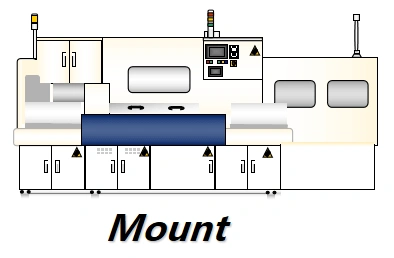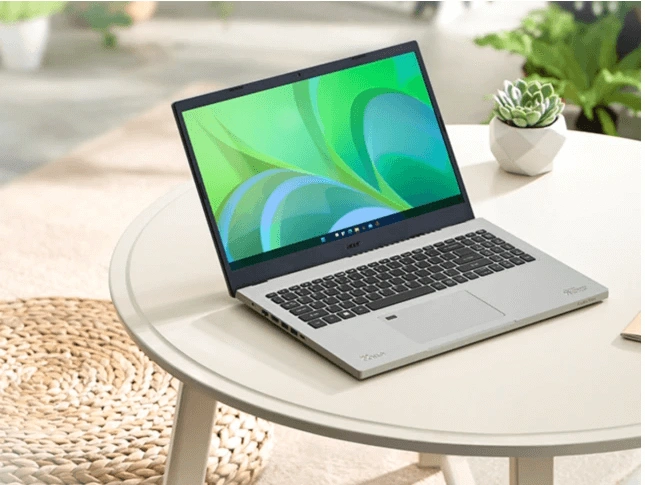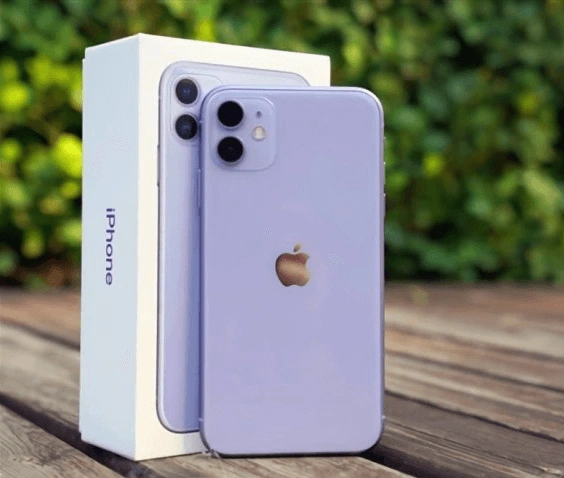A segunda etapa é a fabricação de placas PCB
A seguir estão os principais procedimentos de produção de placas multicamadas convencionais.
Corte de materiais: O material de corte é a grande área (48 pol. * 42 pol.) De matéria-prima que é cortada na placa do painel de trabalho necessária aos fabricantes de PCB.
Camada interna: The inner layer of the circuit uses positive imaging technology, After developing, etching, and de-filming processes, complete the production of the inner layer of the line.
Óxido Preto: Black Oxide is made before lamination. The main role is to roughen the copper surface and increase the surface contact area with the resin to ensure the quality of lamination.
Laminação: Stack up the inner core and prepreg to press into multilayer board through vacuum pressure machine. And make the tooling holes for the next process.
Drilling: Using CNC drilling machine, through holes are drilled for circuit connections between layers.
Cobre eletrolítico: Electroless copper is chemically deposited, copper. The method deposits a thin copper layer in the non-conductive substrate so that the through-holes are metallization. Then use the plating method to thicken the hole’s copper thickness to achieve the design purpose.
Chapeamento de cobre: O revestimento de cobre é um método de galvanoplastia para aumentar a espessura dos orifícios passantes e das superfícies do circuito.
Camada externa: Transfira o padrão externo para a placa revestida de cobre e grave o cobre inútil.
Caráter de resistência à solda: Imprimindo uma camada de tinta de máscara de solda isolada na superfície da camada externa. Alguns PCBs também precisam ter símbolos impressos na camada da máscara de solda.
Surface treatment: Common PCB surface treatments include HASL, OSP, Immersion Gold, ENEPIG, Immersion Silver, Immersion Tin, and Gold finger plating.
Teste Elétrico: All the PCBs must be pen/short tested before outgoing, the test included electrical test and flying probe test. Electrical test for PCB mass production and flying probe test for samples as it’s fast turn round.

